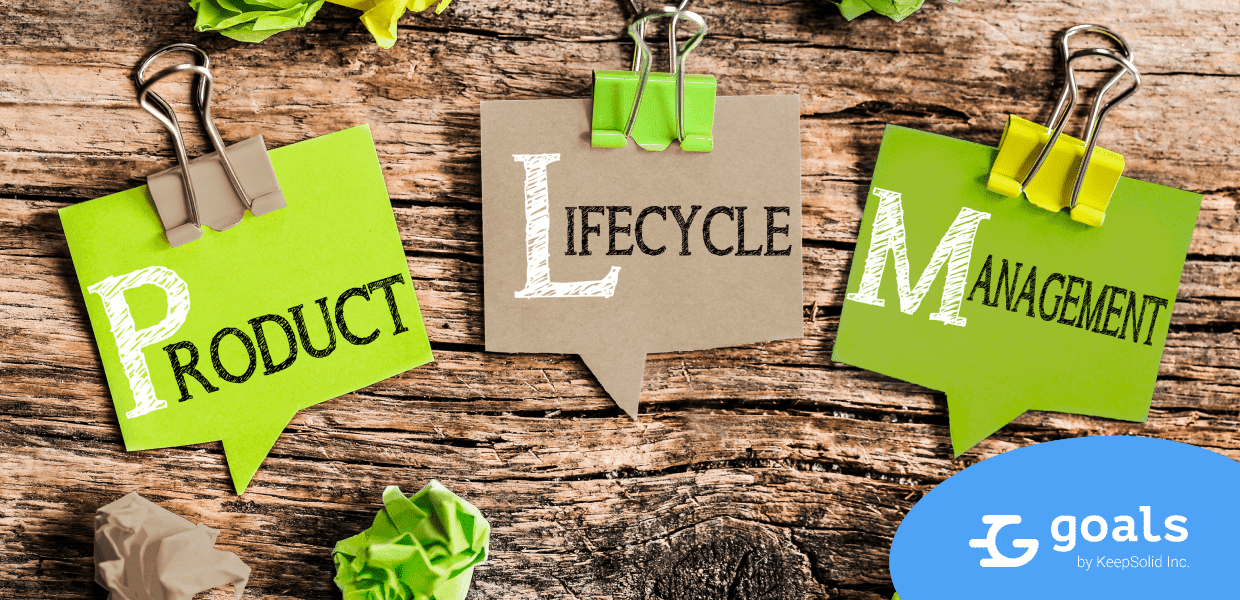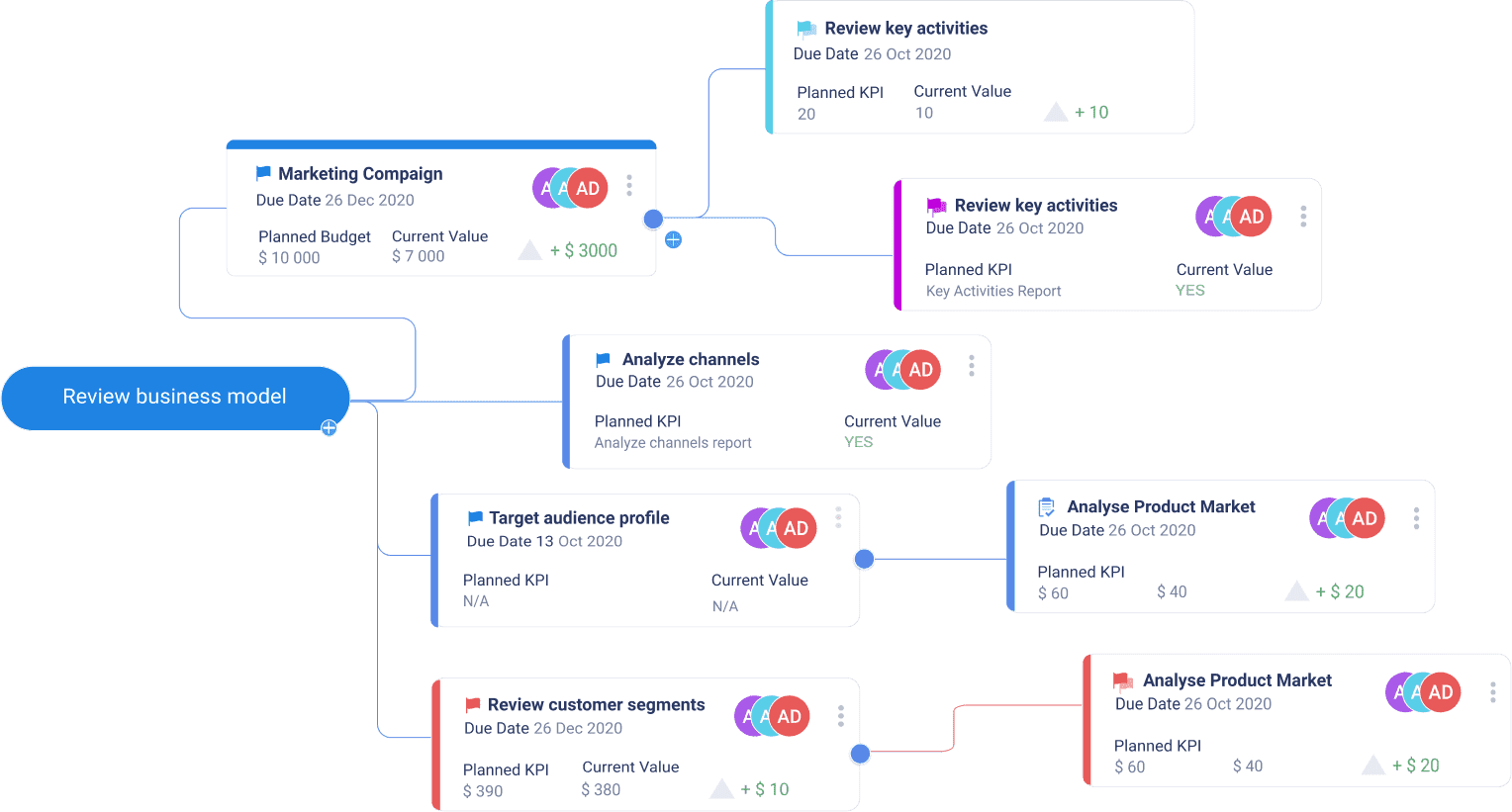What is Lifecycle Management?
Product lifecycle management (PLM) is the process of managing data and processes used at each stage of a product lifecycle, including design, engineering, manufacturing, sales, service, and retirement, and across the supply chain. It helps businesses create new products and launch them into the market by aligning key resources and quickly communicating important information across the organization.

PLM was originally a collaboration tool that helped internal employees work on the product designs and manage information flow during the product lifecycle. At present, product life management usually implies using dedicated software that allows it to go beyond the traditional manufacturing process to include marketing, sales, customer service, and partners. In this sense, it becomes a business strategy that rests on three pillars:
- Secure managed access to the product-related information
- Maintenance of the product definition integrity during the whole product life
- Management of the business processes dealing with the product information
How Does PLM Work?
Generally speaking, a product lifecycle is the progression through major stages of its development from ideation to retirement, including fine-grained processes, related to concept and design, engineering, production, launch, shipment, service, and disposal.
An effective PLM system combines the functionality of a repository for all relevant for the product information, and a communication process between product stakeholders, including marketing, engineering, manufacturing and support.
PLM streamlines the management of each stage and process and ensures that the employees have access to the critical data related to the product in real time. Moreover, it provides access to external sources of information, such as customer feedback, field performance data, making the development processes more visible and controllable. The same centralized source of trusted data can be also used by teams beyond design or engineering, for example, marketing and support, or even to stakeholders and suppliers.
PLM Elements
PLM is a complex system that tackles the problem of the product management from multiple angles:
- design and process documentation
- document metadata, or attributes
- electronic file repository
- construction and control of the bill of material records
- environmental compliance and sustainability
- workflow and process management for approving changes
- secure multi-user access to product-related data
- item-focused task assignments
PLM Benefits
- PLM improves engineering efficiency and effectiveness by supporting real-time knowledge-sharing and collaboration.
- It reduces costs by eliminating errors at earlier engineering stages.
- With PLM, product managers can control overlapping timelines, which makes the product management process more visible and reduces time to market.
- PLM improves design quality by collecting data from multiple external and internal sources, promoting collaboration, and using integrated machine learning tools.
At present, PLM has not yet established itself as a single source of product truth and is only paving its way as a platform for data, process, and business system management. However, when used correctly, it can improve productivity, promote innovation, and reduce expenditures on resources and time.



